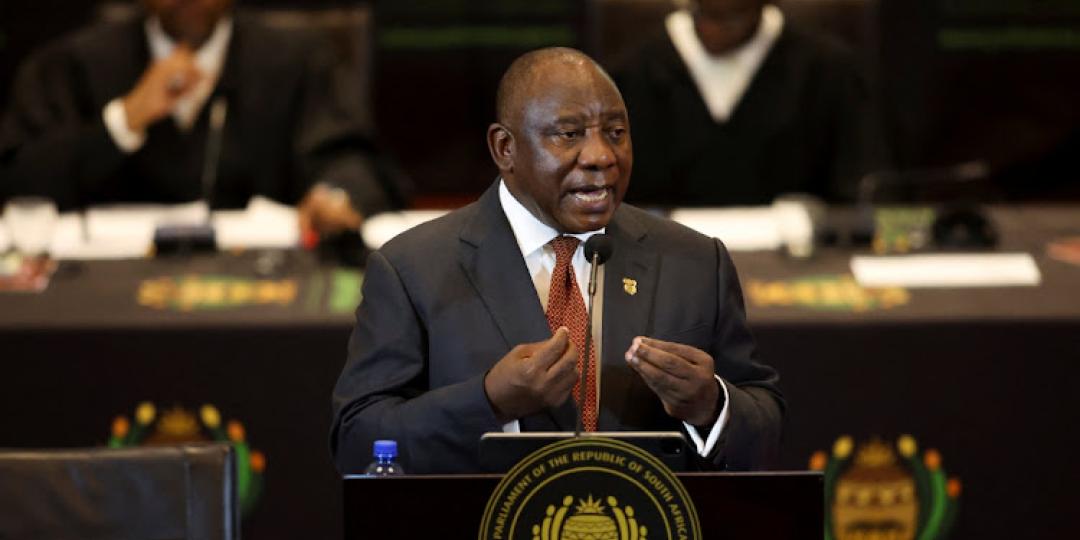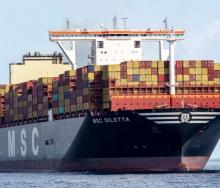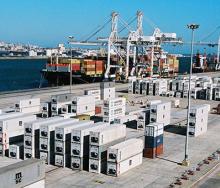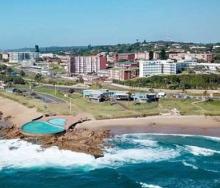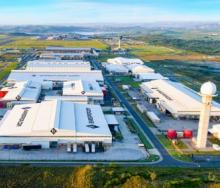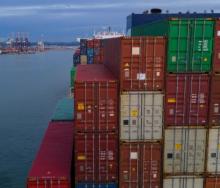President Cyril Ramaphosa has declared a national state of disaster to deal with the country’s energy crisis, while promising measures to help businesses and households install rooftop solar systems.
He made the announcement during his State of the Nation (Sona) address on Thursday in which he said the government’s most immediate priority was to tackle the load-shedding crisis and restore energy security.
“The crisis has progressively evolved to affect every part of society. We must act to lessen the impact of the crisis on farmers, on small businesses, on our water infrastructure, and our transport network,” he said.
The National Disaster Management Centre has classified the energy crisis and its impact as a disaster.
“We are therefore declaring a national state of disaster to respond to the electricity crisis and its effects. The minister of cooperative governance and traditional affairs has just gazetted the declaration of the state of disaster, which will begin with immediate effect,” Ramaphosa said.
It will enable the government to provide practical measures to support businesses in the food production, storage and retail supply chain, including for the rollout of generators, solar panels and uninterrupted power supply.
“Where technically possible, it will enable us to exempt critical infrastructure, such as hospitals and water treatment plants, from load-shedding. And it will enable us to accelerate energy projects and limit regulatory requirements while maintaining rigorous environmental protections, procurement principles, and technical standards,” Ramaphosa said.
He announced the appointment of a new minister of electricity in the Presidency to oversee the National Energy Crisis Committee and to work with Eskom to end load-shedding and implement the Energy Action Plan.
He said the government’s plan, highlighted during his speech last year, was to address the 4 000 to 6 000-MW electricity shortfall.
The plan outlined five key interventions:
- Fix Eskom’s coal-fired power stations and improve the availability of supply.
- Enable and accelerate private investment in generation capacity.
- Accelerate procurement of new capacity from renewables, gas and battery storage.
- Unleash businesses and households to invest in rooftop solar.
- Fundamentally transform the electricity sector to achieve long-term energy security.
He said the government had taken steps to improve the performance of Eskom’s coal-fired power stations to provide 80% of the country’s electricity.
“Under its new board, Eskom is deploying people and resources to improve the reliability of the six power stations that have contributed the most to load-shedding. We are rebuilding the skills that have been lost and have already recruited skilled personnel at senior levels to be deployed at underperforming power stations,” Ramaphosa added.
The Engineering Council of South Africa has also offered to provide assistance by deploying engineers to assist power stations, while the SAPS has formed a team to tackle “pervasive corruption and theft” – and it has already made 43 arrests.
He said National Treasury was finalising a solution to Eskom’s R400-billion debt burden, and the government would provide funding to purchase diesel for the rest of the financial year.
“This should reduce the severity of load-shedding as Eskom will be able to use its diesel-run plants when the system is under strain.”
Eskom’s programme to buy excess power from private generators has secured 300 MW from neighbouring countries.
Ramaphosa said the government would proceed with the rollout of rooftop solar panels to tackle the crisis.
“In his Budget Speech, the minister of finance will outline how households will be assisted and how businesses will be able to benefit from a tax incentive,” he said.
National Treasury was working on adjustments to the bounce-back loan scheme to help small businesses invest in solar equipment, and to allow banks and development finance institutions to borrow directly from the scheme to facilitate the leasing of solar panels to their customers.
“One of the potent reforms we have embarked upon is to allow private developers to generate electricity. There are now more than 100 projects, which are expected to provide over 9 000 MW of new capacity over time. A number of companies that have participated in the renewable energy programme will soon enter construction and deliver a total of 2 800 MW of new capacity.”
He said Eskom would procure emergency power that could be deployed within six months to close the immediate gap.
“We are investing in new transmission lines and substations, especially in areas such as the Eastern Cape, Northern Cape and Western Cape. All of these measures will result in a massive increase in power to the grid over the next 12 to 18 months and beyond,” he said.
This power will be in line with a diverse mix of energy sources, including the current coal-fired power stations, solar, wind, gas, nuclear, hydro and battery storage.
The National Transmission Company, which will have an independent board, is also expected to be available soon.
